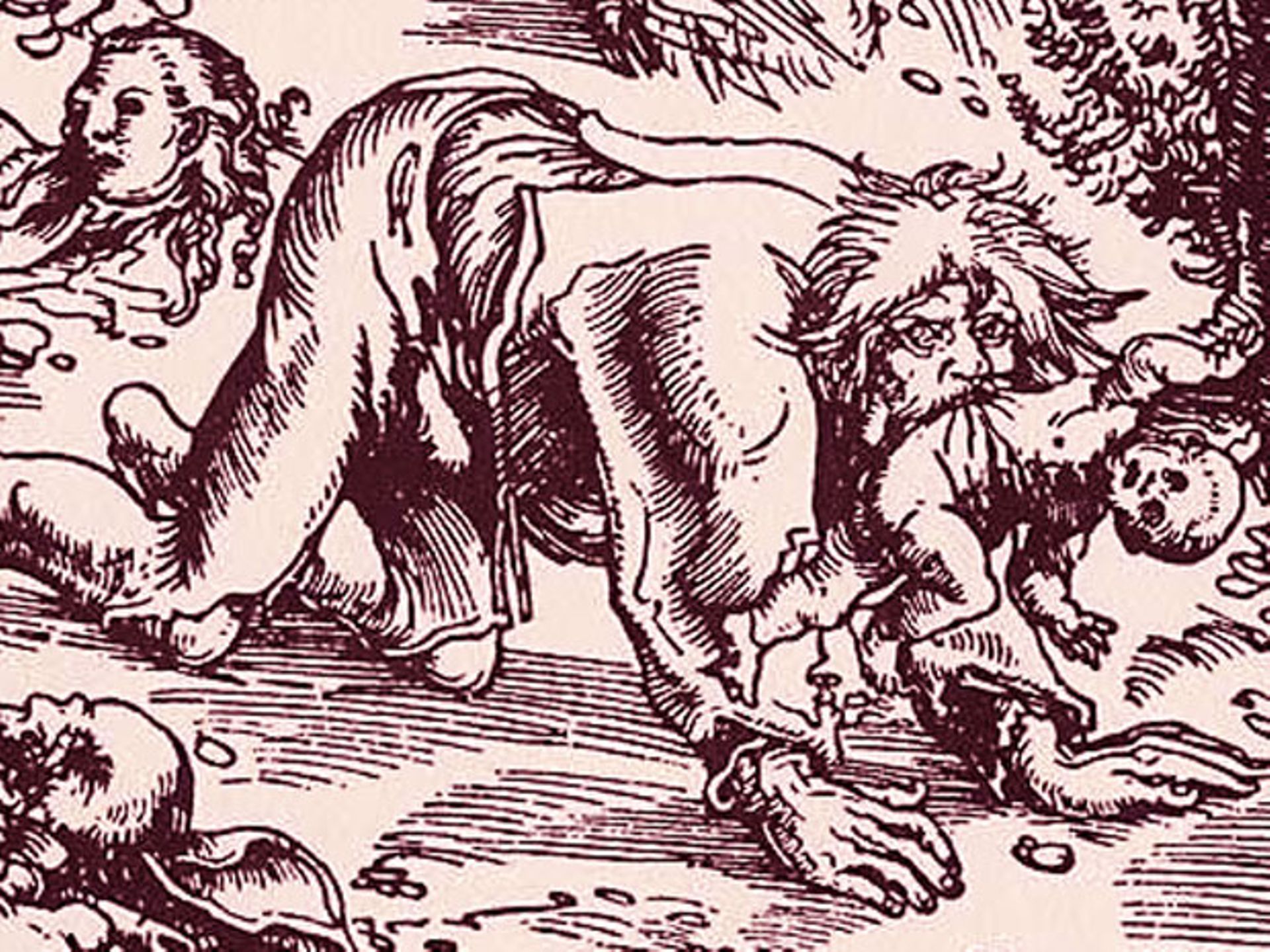Unraveling the Enigma of Werewolf Phenomena: From Historical Horror to Mind-Bending Conspiracy
In the dark annals of history, tales of gruesome violence and monstrous transformation have left a chilling imprint on the human psyche. Among these tales, the story of Peter Stubbe stands out as a disturbing account of mutilation, cannibalism, and murder that rocked the German towns of Bedbur and Cperadt during the late 16th century. As we delve into this macabre narrative, we also explore the connection between alleged werewolf phenomena and a shadowy realm of mind control, experiments, and government intrigue.
A Dark Descent: Peter Stubbe and the Roots of Lycanthropy
Peter Stubbe’s descent into madness began at the tender age of eleven, when his grandmother, known for her mastery of the black arts, introduced him to a world of sorcery, necromancy, and altered states of mind. Gradually, Stubbe’s mind twisted, and he gave himself over to Satan. In a Faustian bargain, Stubbe was bestowed with the power to transform into a werewolf, a form he used to unleash a reign of terror upon the unsuspecting townsfolk.
Driven by an insatiable urge to kill, maim, and devour, Stubbe’s victims included men, women, and children. His bloodthirsty rampage, spanning over two decades, was a testament to the depths of human depravity. The story of Peter Stubbe is a reminder of how the boundary between the monstrous and the human can blur, leading to unspeakable atrocities.
Unmasking the Wolf: The Enigma of Lycanthropy
Throughout history, stories of individuals claiming to transform into wolves or other animals have captivated both fascination and horror. Clinical lycanthropy, a recognized psychological condition, offers insights into how the human mind can become entwined with a monstrous alter ego. While the causes and origins of lycanthropic beliefs remain complex, one common thread emerges: the persistent association with the wolf as a dominant form. Why this particular animal archetype persists remains a subject of intrigue.
From Folklore to Conspiracy: Pont-Saint-Esprit’s Nightmarish Events
The French town of Pont-Saint-Esprit became the epicenter of a nightmarish event in 1951 that echoed the horrors of werewolf tales. As if struck by mass hysteria, hundreds of residents believed themselves to be transforming into animals, wreaking havoc and causing death in their wake. Official accounts attribute the event to ergot poisoning, a fungus that affects rye and induces hallucinations. However, beneath this explanation lies a veil of suspicion.
The case of Frank Olson, a chemist with ties to mind control experiments conducted by the U.S. Army’s Special Operations Division, reveals a more sinister perspective. Olson’s involvement in secret government experiments and his connection to Pont-Saint-Esprit suggest a potential link between psychological manipulation and the mass hallucinations that consumed the town. The buried connections, classified documents, and unanswered questions raise the possibility of a covert experiment gone awry.
Conclusion: Shadows of the Unexplained
The stories of Peter Stubbe and the events of Pont-Saint-Esprit remain shrouded in mystery and intrigue. Whether driven by mental illness, sinister experimentation, or a combination of both, these accounts illuminate the intricate relationship between the human mind and the grotesque. As we navigate the blurred lines between reality and myth, between clinical explanations and governmental cover-ups, the enigma of werewolf phenomena persists as a chilling testament to the depths of human imagination and the darkness that can lie within us all.
Sources: Nick Redfern and ViralNova.com | Assisted by ChatGPT
Views: 6

